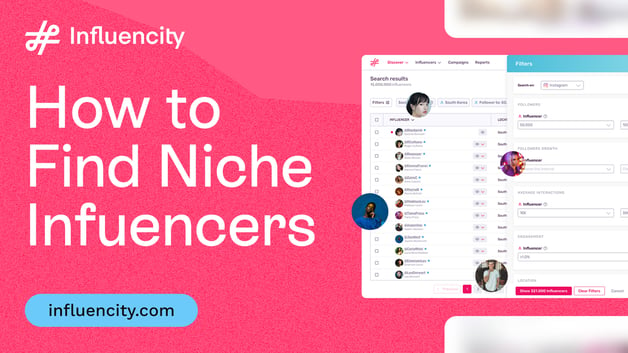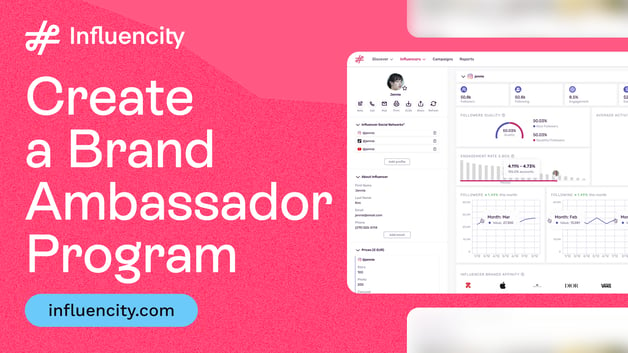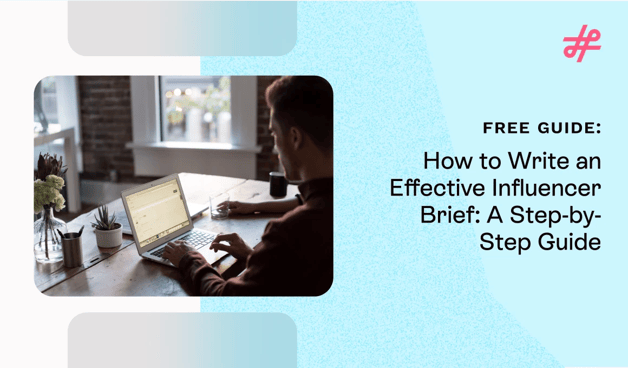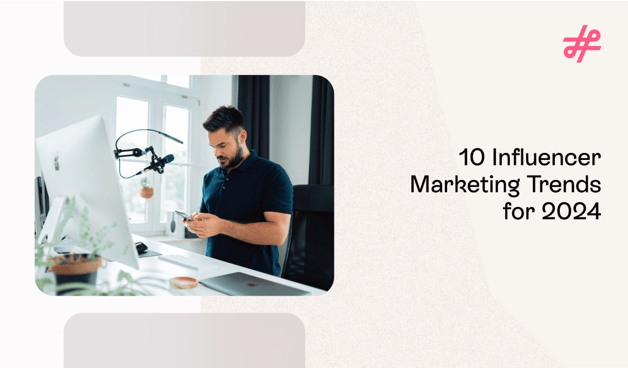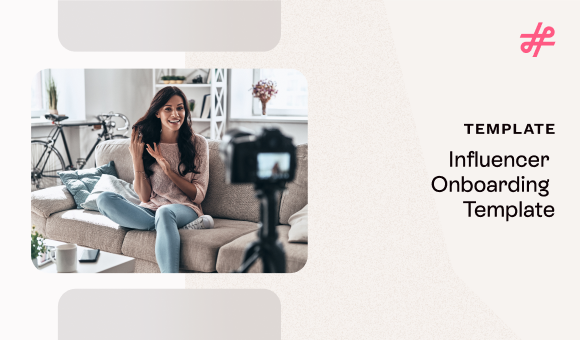For example, Bronte Marie is an author with over 225k Instagram followers. So she isn’t someone who creates content exclusively about fashion. Yet her partnership with Jessa Kae makes sense because she regularly creates content about dressing vintage with dreamy, size-inclusive dresses like the ones that the brand sells.
Post Save/Share Behavior
When I come across a recipe that I want to try, I don’t rush to the kitchen to whip up the dish right away. Instead, I save it to my “Food” collection to use for later when I’m in the mood or have the ingredients ready.
Similarly, many social media users won’t necessarily buy something they see on an influencer’s post immediately after seeing it. They might save it for later when they have the time to do more research or have some extra cash to make the purchase. Others might share it with friends and family who might be interested in the product.
This is why it’s a good idea to look at the save and share activity on an influencer’s post to get a good understanding of how well it resonates with the audience. You can easily see the number of shares on a post using your Instagram or TikTok app.

Viewing saves is a little more complicated, as you can only get first-party insights into this metric. That means the influencer will have to share their post saves data with you. Or you’ll need to run test campaigns using Collab posts or by reposting an influencer’s content to see how it generates saves.
Consistency of Brand-Safe Content
Does the influencer consistently create content that’s brand-safe? Or do they occasionally create controversial content or share opinions that spark debate? This is another essential factor to consider as it could make all the difference in boosting or harming your brand reputation.
For example, a controversial or problematic influencer could do more harm than good to your reputation. And this could negatively impact your finances as you’ll need to put in more money toward repairing the damage. Not to mention the financial loss resulting from lost sales and the wasted investment on influencer payments and other campaign expenses.
So make sure to scour through the influencer’s posts and sponsored content to check for brand safety concerns. You can easily do this will tools like our social listening tool, that helps you track online presence effortlessly.

Tools That Go Beyond Search Filters: Influencity Spotlight
With the need to gain deeper insights into creators during the influencer discovery process, it’s important to work with tools that let you go beyond basic search filters. Yes, search filters are great for narrowing down your options. But since these filters only account for basic account metrics, they’re not enough to predict the financial impact of an influencer.
That’s where Influencity comes in, offering advanced AI-powered analytics to give you in-depth influencer insights using behavioral data and performance history. This makes it easier to estimate the outcome of your influencer campaigns, so it’s easier to focus on creators who can deliver real results.
Influencity still provides key profile metrics you can use to filter your influencer search. In addition, it calculates metrics like earned media value and follower quality to further streamline your search.

The follower quality metric uses natural language processing and image recognition technology, among other things, to differentiate between fake accounts and genuine users. So you can see how many “Nice followers” an influencer has vs. “Doubtful followers.” That way, you can avoid working with fake influencers who won’t deliver real value to your campaign.
Additionally, the earned media value metric is a great way to see the monetary value of exposure you can gain through each influencer. This helps you get a better idea of the possible financial impact an influencer can generate.
Industry-Specific Use Cases
Quick-Service Restaurants/Food and Beverage
When Starbucks works with influencers, they focus on content creators with a strong affinity for the brand. This allows them to effectively reach an audience of loyal Starbucks customers, which is particularly effective when introducing new drink flavors or promoting viral “secret” menus.
For example, Ari Yoder is an influential TikToker who creates relatable and “girly” content, most of which focuses on Starbucks drinks. She’s one of the creators behind the virality of the new Gummy Sharks secret menu, with her video getting 1.5 million views and hundreds of comments from enthusiastic customers.
Wellness
Vichy vets creators based on their product usage history and unique dermatological concerns to help them promote specific products. This includes partnerships with experts and regular influencers alike with the common denominator being their specific skincare needs.
For the Dercos range of anti-dandruff shampoo, the brand partners with creators who actually struggle with dandruff issues to vouch for the product’s effectiveness. This gives credibility to the brand’s claim and enables the target audience to relate to the influencer.
B2B
When Toolstation wanted to promote their Click and Collect service targeting tradespeople, they focused on micro-influencers who were genuine tradesmen. This allowed them to effectively reach the right target audience, positioning themselves as reliable providers of trade tools.
By partnering with industry practitioners from across different trade verticals, Toolstation was able to reach a wider audience. This resulted in 1.3k purchases and a 13:1 return on ad spend.
How to Vet Like a Pro: The No-Fluff Show
The vetting process is one of the most important steps to find influencers who can deliver real value to your business. So let’s walk you through the steps to vet influencers the right way.
Step 1: Request Platform Analytics
As you shortlist influencers for your campaign, it helps to get an accurate idea of how their content is performing. Their engagement and impression data can tell you whether they can deliver the results you need.
Use an influencer performance analysis tool to gain insights into the influencer’s profile data across different social networks. Additionally, you can even request the influencers for their platform analytics data for any metrics that are only accessible by them (such as content saves).
Add image from platform
Step 2: Validate Audience Fit
Audience fit is an essential factor to help you decide if the influencer can help you reach the right target audience. Use an influencer analytics tool to get a better look at the types of followers an influencer has. Look at the locations, interests, and psychographics of their audience to determine if they’re the right fit.

Platforms like Influencity even show you the brand affinity of an influencer’s audience. This shows you which brands the influencer’s audience interacts with the most, which can help you assess relevance.

Step 3: Check for Past Campaign Performance
Being able to see how an influencer has generated results for other brands will help you gauge their potential impact. Look at the engagements and impressions they’ve generated for previous sponsored posts and their performance in other campaigns. Additionally, see if they have any client testimonials to vouch for their performance.

Step 4: Manually Review Content
Beyond what influencer marketing tools can show you, you still need to do some manual vetting. This is essential to see the influencer’s content quality for yourself and look out for any red flags that the tools could miss.
Check out the way they’ve positioned products in other sponsored posts and the strength of their CTAs. Make sure to look for any potential brand safety concerns in the language they use, the way they speak about brands, and the way their audiences interact with their content.
Red Flags to Watch
In addition to following the above steps, you should be on the lookout for certain red flags that could indicate an influencer’s poor performance:
- Sudden follower spikes – Sudden spikes in followers could come from an influencer becoming viral. But if those followers came from nowhere, it could also be a sign that the influencer bought them. Make sure to study these patterns more closely to identify fake influencers.
- Low comment-to-follower ratio – Having lots of followers but not enough comments is another sign that the influencer could be misrepresenting their following size.
- Off-brand or contradictory partnerships – Influencers who partner with anyone and everyone don’t necessarily have credibility with their audience. Look out for partnerships that don’t seem to align with the influencer’s identity or values.
Bonus: Smart Prompts for AI Vetting
If you’re planning to use AI tools for influencer vetting, here are a few ready-to-use prompts to inspire you:
-2.png?width=600&height=318&name=White%20%26%20Green%20Modern%20Bar%20Chart%20Graph%20(19)-2.png)
Brand Case Study: Starbucks
Starbucks excels at generating real financial value through their influencer partnerships. This is because they find influencers who can truly engage and relate with the brand community.
From local baristas to lifestyle creators, Starbucks activates influencers with geo-targeted reach and cultural resonance. Moreover, they take a UGC-first strategy that’s not overly promotional. Instead, they prioritize everyday customers who naturally weave products into their routines. And the results of these efforts show in campaign ROI across seasonal menu drops and app activations.
Find Influencers Who Generate Real Business Value
Influencer marketing isn’t just about working with the most popular influencer. It’s about generating real financial impact through strategic partnerships that resonate with the target audience. Make the most of the vetting tips and data signals I shared above to achieve Starbucks-level success when it comes to partnering with influencers.
Tags:
Find Influencers









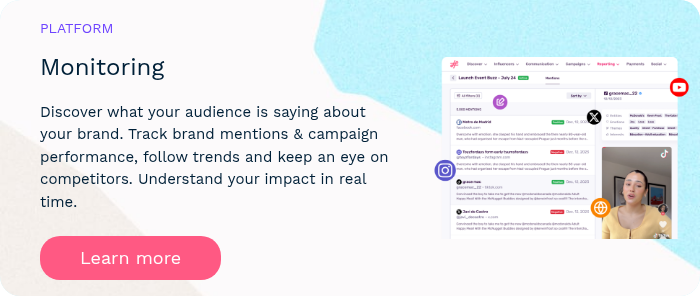
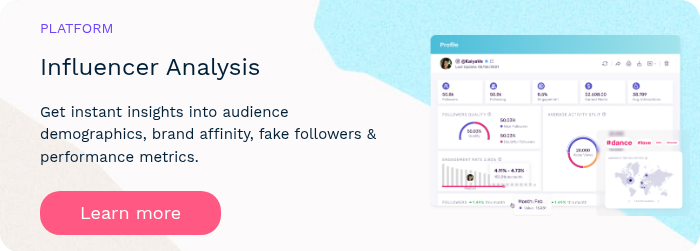
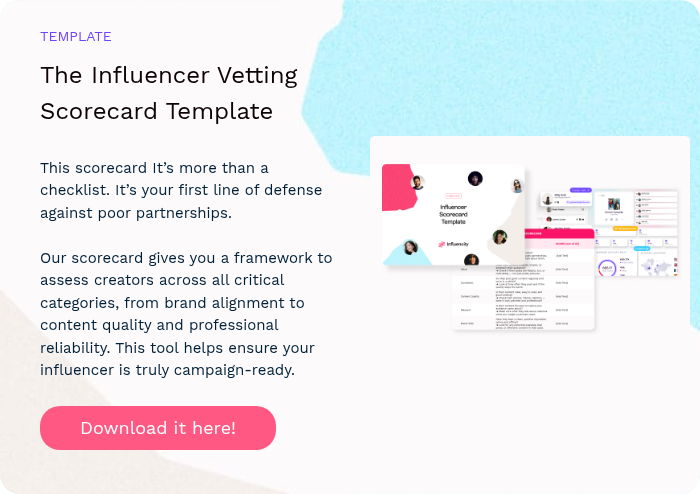

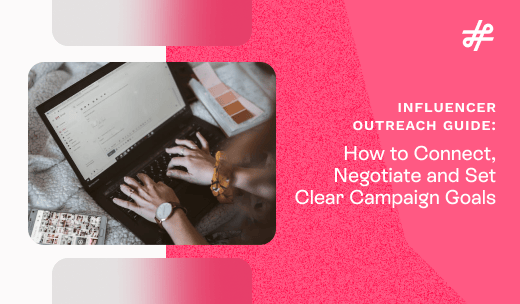
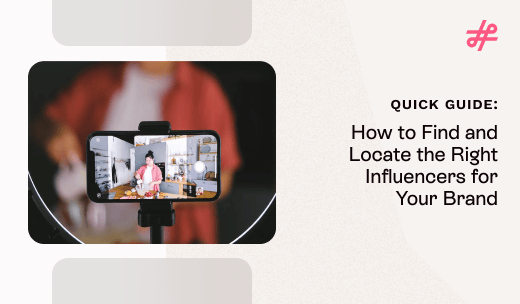



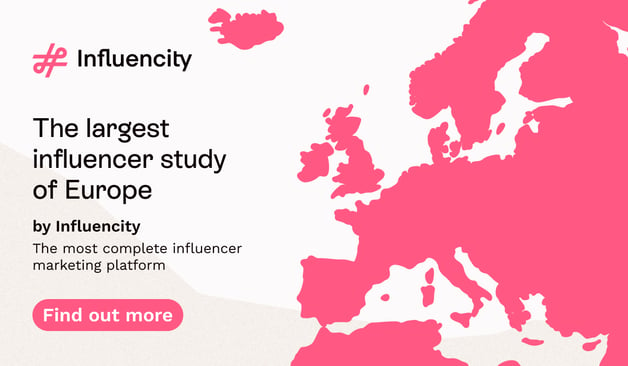

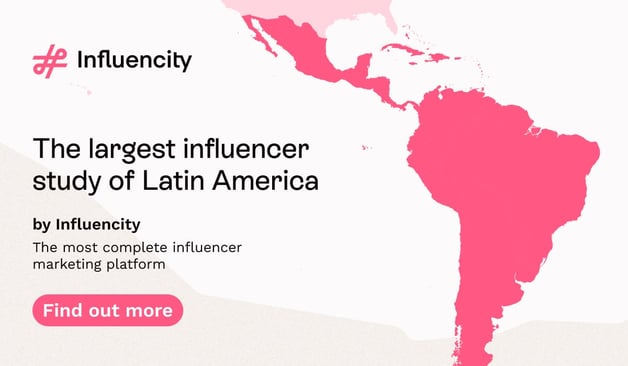


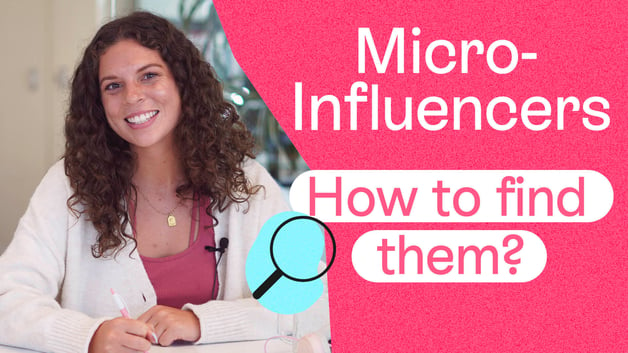


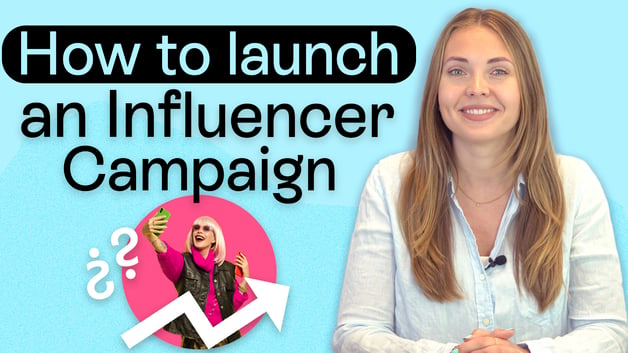

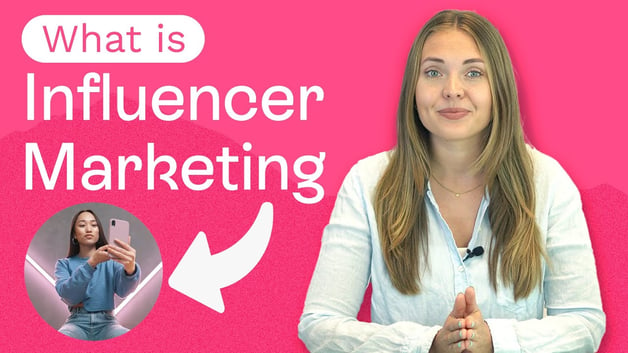

%20and%20How%20Can%20They%20Benefit%20Your%20Brand%20article.jpg?length=628&name=What%20Are%20Key%20Opinion%20Leaders%20(KOL)%20and%20How%20Can%20They%20Benefit%20Your%20Brand%20article.jpg)
